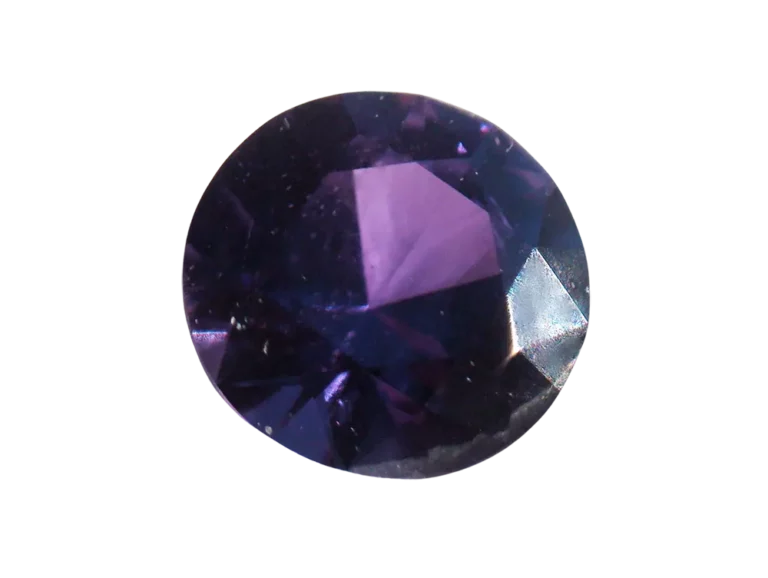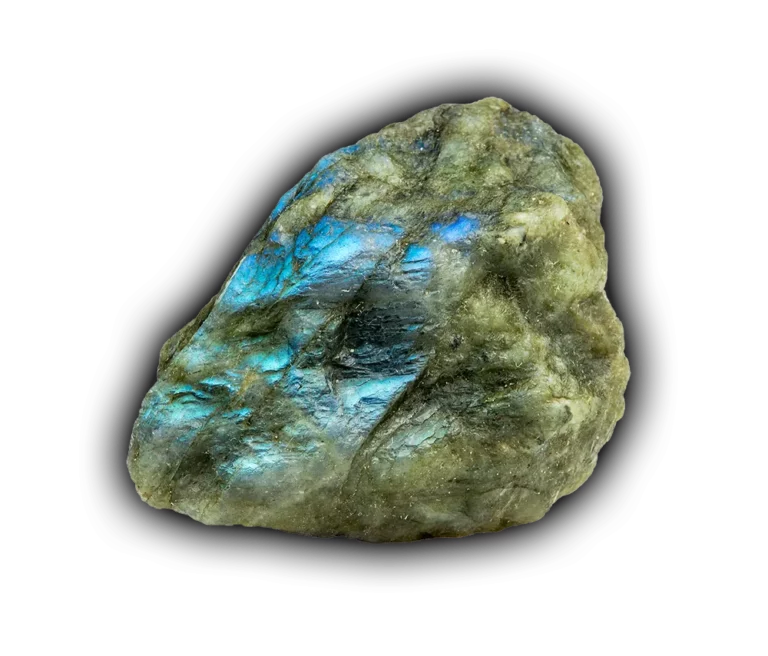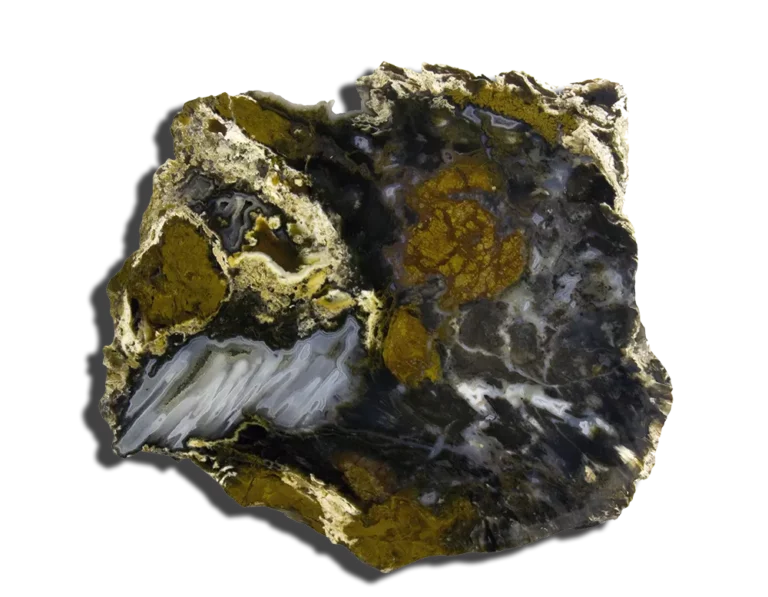The Regent Diamond: A Historic Jewel in the Crown of France
The Regent Diamond, renowned for its exquisite beauty and pristine clarity, carries with it a history as rich and intriguing as its character. This exceptional gem, often referred to as ‘Pitt’s Diamond’, has an origin shrouded in mystery, intrigue, and daring exploits.
In This Article
Discovery at the Kollur Mine

The birthplace of this magnificent jewel lies in the revered depths of the Golconda mines located in present-day Andhra Pradesh, India. The Kollur Mine, identified as the source, is widely recognized for its production of world-class gems, including the renowned Hope Diamond. The discovery of the Regent Diamond in the late 17th century stands as testament to its reputation.
The Legend of the enslaved man and the diamond
Legend has it that an enslaved man found the uncut diamond weighing 410 carats while working in the mine. Recognizing its value, he hid it within a wound he inflicted upon his own leg. He then made a daring escape from the mine, braving the dangers of the jungle to reach the city of Madras.
Acquisition by Thomas Pitt from Jamchand
In Madras, a merchant named Jamchand purchased the diamond from the escaped man. The diamond, however, changed hands once again when Thomas Pitt, the British Governor of Madras, acquired it in 1701. Pitt’s procurement of the gem is steeped in controversy, with tales of deceit and manipulation circulating around his acquisition.
Controversies Surrounding Pitt’s Acquisition
Pitt’s acquisition of the diamond has remained a subject of debate. Some accounts suggest that Pitt used his influence and power to force Jamchand into selling the diamond at a considerably low price. However, other narratives propose that Pitt legitimately purchased the diamond for 48,000 pagodas, around £20,400 at the time. Regardless of the truths surrounding its acquisition, one fact remains undisputed: the diamond’s journey from the depths of the Kollur mine to the majestic courts of Europe started with Thomas Pitt.
The Journey of the Regent Diamond to Europe

The Regent Diamond’s journey from India to Europe is a compelling tale of risk, craftsmanship, and royal intrigue. With Thomas Pitt as the diamond’s new guardian, the gem was set to cross continents, leaving its mark on history and fashioning its path to fame.
Transportation of the Diamond to London
Transporting the diamond from Madras to London was fraught with danger, given the precious cargo. Pirates, miscreants, and the tempestuous sea were obstacles that threatened its voyage. However, Pitt managed to overcome these hurdles, securely bringing the diamond to London in 1702.
The Skillful Craftsmanship of Harris, the Diamond Cutter
Once in London, Pitt entrusted the diamond to the skilled hands of the eminent diamond cutter, Harris. The task of cutting the diamond was highly complex and risky, with a significant chance of ruining the gem. However, after two years of delicate craftsmanship, Harris succeeded in transforming the raw diamond into a cushion-shaped brilliant of 141 carats, revealing a gem of unmatched beauty and brilliance.
Failed Attempts and Successful Sale to the French Regent
Pitt initially struggled to find a buyer for the reformed diamond. Though he showcased it to royals and nobles across Europe, the high asking price of £135,000 remained an obstacle. However, after several failed attempts, the diamond piqued the interest of Philippe II, Duke of Orleans, the acting Regent of France. In 1717, a deal was struck, and the diamond, henceforth known as the ‘Regent Diamond’, was sold to the French Regent for £90,000. Thus, began the diamond’s illustrious association with French royalty, forever etching its name in the annals of history.
The Regent Diamond and the French Monarchy

The Regent Diamond, having journeyed from the mines of India to the glittering royal courts of France, became an integral symbol of French majesty. Its exceptional beauty and quality, coupled with its riveting history, endowed it with an irresistible allure for the monarchs.
The Diamond’s Role in Royal Regalia
Upon its acquisition, the Regent Diamond quickly became a part of the French Crown Jewels. Philippe II, the Regent of France, had the gem set into the crown of Louis XV for his coronation in 1722, epitomizing the opulence of the French monarchy.
The Diamond in the Crowns of Louis XV and Louis XVI
The Regent Diamond continued to play a pivotal role during the reigns of Louis XV and his successor, Louis XVI. For Louis XV’s Order of the Golden Fleece ceremony, the Regent was set into an elaborate pendant. Later, it was incorporated into the crown of Louis XVI at his coronation in 1775, enhancing the dazzling splendor of the occasion.
Marie Antoinette and her Diamond Adorned Hat
Marie Antoinette, the ill-fated queen, and wife of Louis XVI, was known for her extravagant tastes. Legend has it that the Regent Diamond was amongst her favored jewels. It is said that she occasionally adorned her large, ostentatious hat with the diamond, further enhancing her image of unapologetic luxury and opulence.
Turmoil and Recovery: The Regent Diamond in the French Revolution
The turn of the century brought about a seismic shift in France. As the French Revolution erupted, the monarchy crumbled, and the Regent Diamond was caught amidst the turmoil.
Theft of the Crown Jewels of France
The French Revolution was a time of great turbulence, with the once resplendent royal family facing the wrath of the populace. The crown jewels, including the Regent Diamond, were seized and stored in the Garde-Meuble (Royal Treasury). However, in 1792, thieves broke into the treasury, pilfering the jewels in a historic heist.
Recovery of the Regent Diamond from a Parisian Attic
While most of the stolen jewels vanished into the hands of profiteers, the Regent Diamond resurfaced in an unexpected location. A Parisian man named Cadet Guillot found the diamond hidden in the rafters of a Parisian attic. Recognizing the gem’s worth, Guillot sold it to a politically astute figure, Paul Barras, a key player in post-revolutionary France.
The Diamond’s Role in Financing Military Expenses
The Regent Diamond played a crucial role in financing the French Revolutionary army. Barras sold the diamond to the French Directory, the governing five-man council. The proceeds from the sale were used to fund the military expenses of the young general, Napoleon Bonaparte, setting the stage for his rise to power and the diamond’s next chapter in history.
The Regent Diamond and Napoleon Bonaparte
As Napoleon Bonaparte rose to power, the Regent Diamond found itself once again intertwined with the destinies of the most powerful figures in France. The gem, which had witnessed the rise and fall of kings, was now set to adorn the regalia of an emperor.
Napoleon’s Redemption and Usage of the Diamond
Napoleon Bonaparte, ascending to the status of First Consul of France in 1799, decided to reclaim the French Crown Jewels from the hands of the Directory. His aim was to utilize these symbols of monarchy to legitimize his position and power. Among these reclaimed jewels, the Regent Diamond stood proudly as one of the most significant gems.
The Diamond on Napoleon’s Two-Edged Sword
Napoleon’s appreciation for the Regent Diamond was evident when he chose to incorporate it into his ceremonial weaponry. The diamond was set into the hilt of his two-edged sword, designed by the famous goldsmith Francois-Regnault Nitot. This state sword, adorned with the Regent, was held aloft by Napoleon during his proclamation as Emperor in 1804, marking a significant moment in French history.
Return of the Diamond to the French Crown Jewels
Following Napoleon’s exile after the Battle of Waterloo, the diamond returned to the Crown Jewels of France. It was subsequently used by Napoleon’s second wife, Marie Louise, to adorn her emerald and diamond diadem. Throughout the upheavals of French history, the Regent Diamond remained a constant symbol of power and prestige.
The Regent Diamond in the Modern Era
The Regent Diamond, having passed through the hands of various monarchs and generals, continued to leave its mark well into the modern era. It was used to adorn the crowns of several French rulers, and is now housed in one of the most renowned museums in the world.
The Diamond in the Crowns of Louis XVIII, Charles X, and Napoleon III
Following Napoleon Bonaparte’s reign, the diamond was incorporated into the crowns of Louis XVIII and Charles X for their coronations. However, after the fall of Charles X and the establishment of the Second Empire, the diamond found itself once again in the possession of a Napoleon – Napoleon III, who utilized it in the ceremonial jewelry of his wife, Empress Eugenie.
Current Display at the French Royal Treasury in the Louvre
The Regent Diamond’s journey ultimately led it to the Louvre Museum. Following the fall of Napoleon III and the subsequent establishment of the French Third Republic, the diamond, along with other crown jewels, became part of the national heritage and was showcased at the Louvre Museum. Today, the Regent Diamond remains one of the museum’s most prized exhibits, dazzling visitors with its rich history and unmatched beauty.
Estimated Value of the Regent Diamond
Determining the exact value of the Regent Diamond in today’s market is challenging due to its historical significance and rarity. However, experts estimate its worth to be around $60-$70 million, affirming its status as one of the world’s most valuable diamonds.
The Curse of the Regent Diamond: Fact or Fiction?
Like many historic gems, the Regent Diamond is often associated with a curse, said to bring misfortune to those who possess it. But is this curse a fact, or merely a creation of folklore and myth?
The Folklore Surrounding the Regent Diamond
The curse of the Regent Diamond is said to have originated from its first known owner, the enslaved man who found it in the Kollur Mine. According to lore, the man was killed shortly after selling the diamond, marking the ominous beginning of the supposed curse.
Misfortunes and Scandals Associated with the Diamond
Over centuries, several of the Regent Diamond’s prominent owners suffered tragic fates, lending credence to the myth of the curse. Louis XVI and Marie Antoinette, for instance, were beheaded during the French Revolution. Napoleon Bonaparte, too, suffered exile and defeat. Even Thomas Pitt, the man who brought the diamond to Europe, faced social ostracism and scandal upon his return to England, allegedly due to the dubious means by which he acquired the gem.
Debunking or Validating the Curse: Perspectives
However, it’s essential to approach these stories with a critical lens. The “curse” could well be coincidental, given that political instability and power struggles were common during those times. Furthermore, many owners of the diamond, like Louis XVIII, Charles X, and Napoleon III, did not suffer notably tragic ends. Hence, while the curse is a riveting part of the gem’s folklore, its validity remains a matter of personal interpretation.
The Regent Diamond: A Symbol of Power and Wealth
Over the centuries, the Regent Diamond has come to signify more than just opulence and grandeur; it has become a symbol of power and wealth. This exquisite gem has left an indelible mark on global trade, art, and culture.
The Diamond’s Influence on the Diamond Trade in the 18th and 19th Centuries
The discovery, cutting, and sale of the Regent Diamond had significant implications for the diamond trade in the 18th and 19th centuries. Its journey from the mines of India to the crowns of France underscored the global demand for diamonds and fueled further exploration and mining. The Regent’s high quality also set a benchmark for diamond cutting techniques, influencing subsequent industry standards.The Artistic and Cultural Significance of the Regent Diamond
Beyond trade, the Regent Diamond has had a profound impact on the arts and culture. It has been immortalized in numerous paintings, sculptures, and literary works, reflecting its significant cultural standing. The diamond’s incorporation into various royal regalia has also influenced jewelry design trends, inspiring creations that highlight similar cushion-cut brilliance.
The Regent Diamond in Literature and Art
The Regent Diamond’s intriguing history and splendid beauty have made it a popular subject in literature and art. The gem has been featured in several novels, films, and theatrical productions. From Alexandre Dumas’ novel “The Queen’s Necklace” to the film “The Affair of the Necklace,” the Regent Diamond continues to captivate audiences with its tale of mystery, power, and allure.
Controversies and Debates Surrounding the Regent Diamond Today
Even today, the Regent Diamond continues to spark discussion and debate. Concerns about ownership, display, and the future of this historic gem make it an ongoing subject of interest.
Ownership and Display of the Regent Diamond
The Regent Diamond, currently displayed at the Louvre Museum, is often scrutinized due to its disputed ownership. While it is a part of the French Crown Jewels, some argue that it was wrongfully acquired from India and hence, belongs to the Indian subcontinent. These ownership discussions are part of larger global conversations about the repatriation of cultural and historical artifacts.
Calls for Repatriation and Restitution of the Diamond
In recent years, there have been mounting demands for the restitution of cultural artifacts obtained during colonial times. As part of this dialogue, some activists and historians argue that the Regent Diamond should be returned to India, its country of origin. They contend that the gem is a significant part of India’s cultural heritage and should be repatriated.
The Future of the Regent Diamond: Speculations and Predictions
Amidst these controversies, the future of the Regent Diamond remains uncertain. As debates about repatriation gain momentum, it’s possible that the diamond may be returned to India. However, others argue that it should stay in the Louvre, given its historical association with France. While the diamond’s fate remains a matter of speculation, its value as a symbol of history, power, and beauty is indisputable.
Frequently Asked Questions (FAQs)
Where was the Regent Diamond originally discovered?
The Regent Diamond was originally discovered at the Kollur Mine in India.
How did the Regent Diamond make its way to France?
The Regent Diamond was initially acquired by Thomas Pitt, who transported it to London. After several failed attempts to sell it, it was eventually sold to the French Regent, hence its name.
What role did the Regent Diamond play in the French Monarchy?
The Regent Diamond had a significant role in the French Monarchy. It was used as a part of the royal regalia, featured in the crowns of Louis XV and Louis XVI, and was also adorned by Marie Antoinette.
What is the curse associated with the Regent Diamond?
Folklore suggests that the Regent Diamond brings misfortune and scandals to its owner. The validity of this curse is still a topic of debate.
How is the Regent Diamond relevant in the modern era?
The Regent Diamond holds significant cultural and historical value. It is currently displayed at the French Royal Treasury in the Louvre and is part of various artistic and literary works. It has also spurred debates about its ownership and calls for its repatriation and restitution.







